Talkers and the TIB
Spike2 and Signal, together with a 1401 interface can sample waveform and timing pulse data from a wide variety of equipment. However, some types of measurement devices do not have such convenient outputs. Often the data they generate needs some computer processing to convert it into a useful format.
A Talker device interface is a program that allows us to take data streams from arbitrary devices in real time and add them into the data file as if they were being sampled by the 1401. You can view the data from the device in the same way that you can view data sampled by the 1401 interface, with the same convenient viewing modes and data processing tools. The Talker device interface usually runs on the same machine as Spike2/Signal, but it can also run on a different computer, communicating via Ethernet. Multiple devices can be served by several Talkers.
The Spike2/Signal end of the Talker handles the user interface to the data streams available from the device and can also save and restore device settings. It also deals with any time drift between different pieces of equipment, ensuring that the device data stays in sync with the 1401 data. The Talker device interface handles the connection between the computer and the device and tells Spike2/Signal about the data streams that can be sampled.
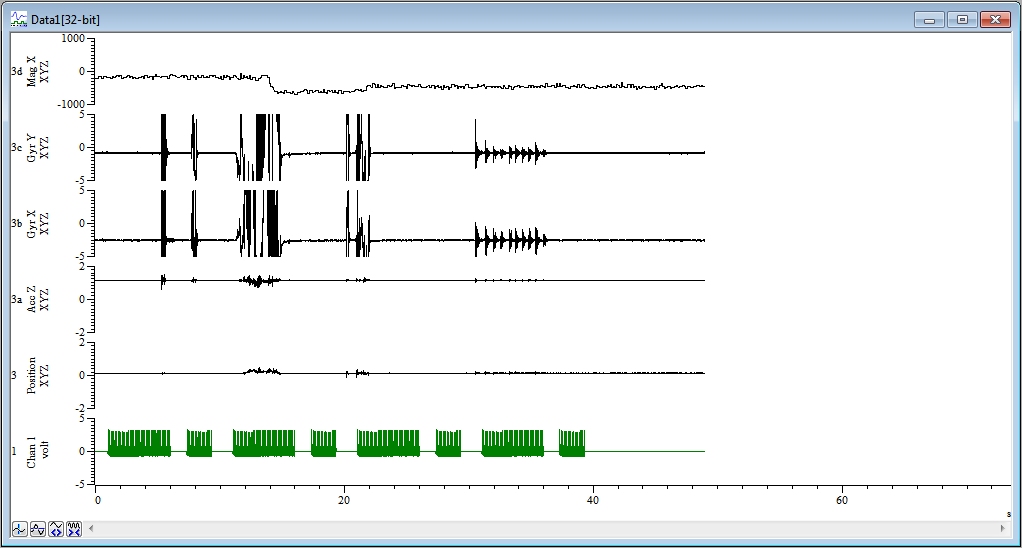
Spike2 with Talker
Talkers already available
CED has already written a number of Talkers for commonly-used equipment. The Talkers that are currently available, packaged with the Spike2/Signal installation, are:
| MouseTalk | This interfaces to a PC mouse. Supplied as an example, MouseTalk will capture XY positional data as a RealMark channel. Each data point contains two values. |
| MKeys | This interfaces to a remote keyboard and logs keyboard input to an additional marker channel. |
| XKeys | This interfaces to a remote keyboard and records key strokes to channel 31, the native keyboard marker channel in a data file. |
| BrainTalk | This interfaces to BrainProducts actiCHamp / actiCHamp plus which connects to between 32 and 160 EEG electrodes together with eight auxiliary analogue inputs. In addition there up to eight bits of digital data that may be sampled.Technical history |
| DelsysTalk | This interfaces to the Delsys Trigno telemetry system, which wirelessly collects EMG signals plus acceleration or position data.Technical history |
| DSITalk | This interfaces to the MX2 and CLC data acquisition systems supplied and supported by Data Sciences Inc., most of which use short range telemetry to collect various types of data (EKG, EMG, respiration, BP) from untethered animals. Technical history |
| gTalk | gTecTalk is a talker that lets you sample with the HiAmp, USBAmp or Nautilus g.Tec devices via a gNEEDaccess server process, which can be accessed from a remote PC if required. Technical history |
| IntanTalk | This interfaces to Intan Technologies RHD2000 equipment which logs data from large numbers of electrodes using a custom chip to digitise the signals close to the electrodes. Typically used for EMG, ECG/EKG, ECoG, EEG, neural action potentials, local field potentials, and intracellular voltages and currents.">Technical history |
| OTBioTalk | The OTBioelettronica Sessantaquattro is a portable system for high density (64 channels) EMG detection. Technical history |
| PolTalk | This interfaces to the Polhemus position/motion sensing systems: FASTRAK, Patriot, Liberty, Liberty Latus, Patriot Wireless and Minuteman. Technical history |
| StelTalk | This interfaces to the Stellar Memory Telemetry products. It can sample up to 4 USB-connected implants simultaneously, each of which report a range of data channels. Technical history |
| STCTalk | This interfaces to the Stellar Continuous Telemetry Products. Each Talker can sample from up to 8 implants simultaneously via a USB-connected Access Point. Technical history |
| These Talkers require Spike2 versions 8.15 or 9.04 or later, or Signal version 8. | |
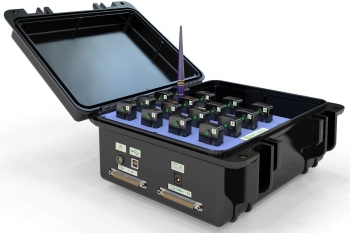
Delsys Trigno base
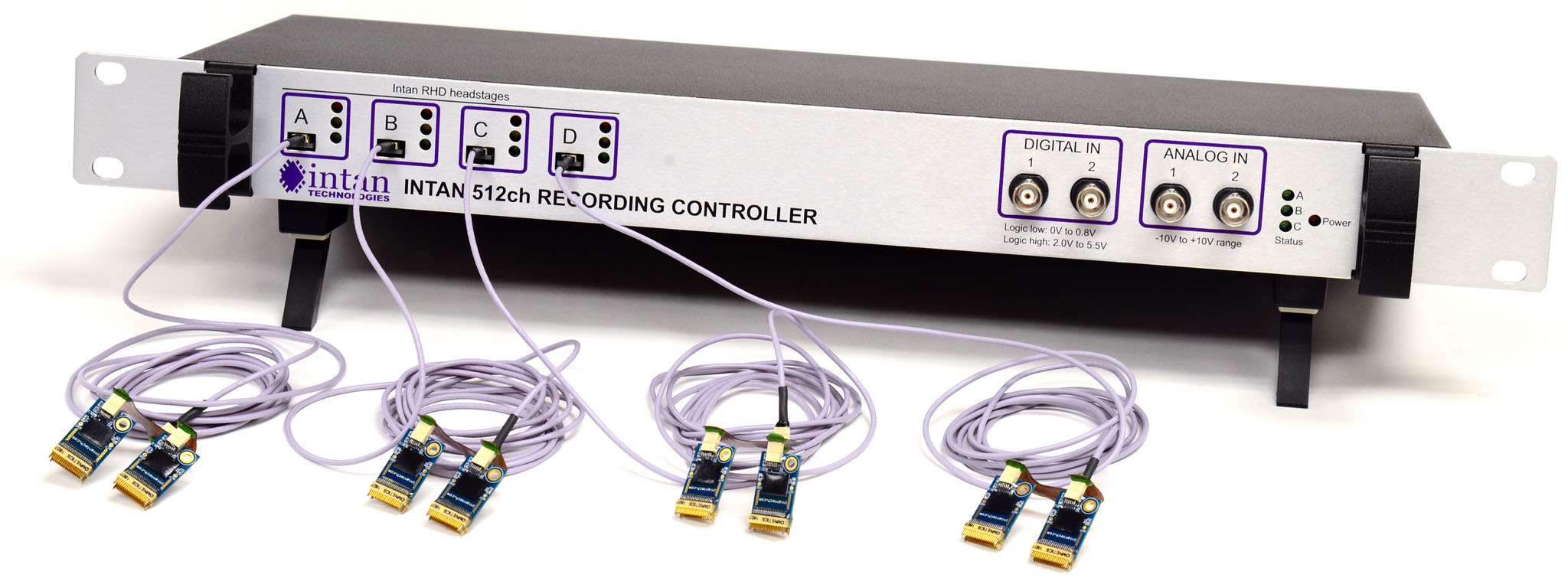
Intan 512ch Recorder

OTBioelettronica
Sessantaquatro
We expect to produce more Talkers in the future so please feel free to enquire about support for your device.
Talker software development kit (SDK)
The talker software development support includes the complete Talker interface documentation plus support libraries and example Talker programs written in C++ and can be freely downloaded from here. If you have some experience writing software or have access to a programmer, you can use the kit to write a talker that handles your equipment. Of course, CED's software support team will be happy to help you do this. If you have written your own talker and would like to share it with other users, contact CED.
Custom-written Talkers
Alternatively, CED can write a Talker for you. This work would be charged-for, and we would need to borrow your equipment for a period of at least a month so we could test the Talker software. Contact CED to find out more about this.
The Talker Interface Box ('TIB')
The Talker Interface Box (TIB) acts as an interface between Spike2/Signal and sensors that use an SPI or I2C interface. A TIB connects to the computer via a USB interface and is controlled by the TIBTalk program, which provides the Talker interface to Spike2/Signal. The TIB can be precisely time synchronised with a 1401 with a special cable connected to the rear panel of the 1401, or can free run, using the standard Talker time correction feature.
TIBTalk interfaces to a CED Talker Interface Box (TIB). A TIB connects to I2C or SPI bus sensors converting data to a format required by the TIBTalk Talker software.
The initial TIB design interfaces to an InvenSense MPU9250 or MPU9150 9-axis position sensor which provides X, Y and Z accelerometer, gyroscope and magnetometer readings. The data sampling rate, accelerometer and gyroscope sensitivities, and low-pass filter settings are configurable from Spike2/Signal; the settings are preserved between sampling sessions. Spike2/Signal records the sensor data as three 'real marker' channels. The three channels hold the acceleration, gyroscope and magnetometer data. Each channel holds 3 data values per point (the X, Y and Z axis measurements).
The STMicroelectronics LPS22HB pressure and temperature sensor is also interfaced.
CED expects to extend the range of devices that can be supported by the TIB, and we are willing to do such customisation work on behalf of users; contact CED for more details.
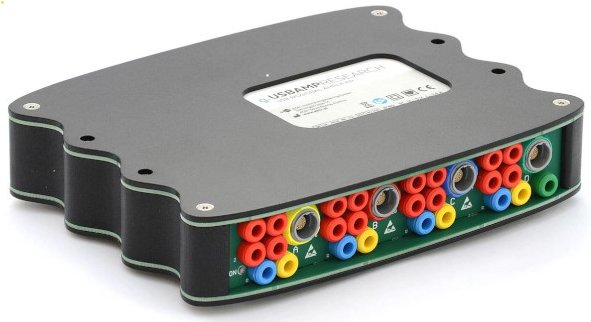
g.Tec USBAmp
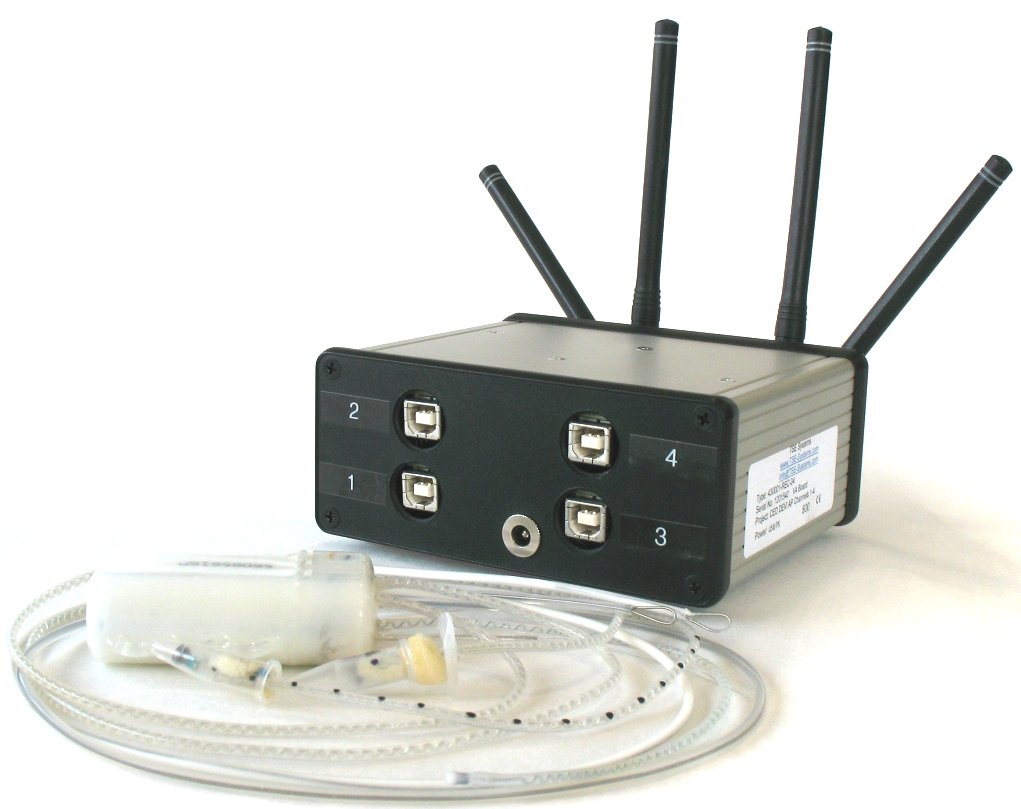
Stellar hub
Registered in England: 00972132
Registered office:
- Cambridge Electronic Design Limited,
- Technical Centre,
- 139 Cambridge Road,
- Milton,
- Cambridge CB24 6AZ
- ENGLAND.
VAT: GB 214 2617 96
Producer registration number: WEE/BD0050TZ
For our US customers, we can provide tax form W-8BEN, that identifies us as a UK company.
UEI : EQ4LMQ1M2ZS5
CAGE/NCAGE: KB797
NAICS: 423490
Hardware: 84716070
Software: 85235190
By email:
By post:
- Cambridge Electronic Design Limited,
- Technical Centre,
- 139 Cambridge Road,
- Milton,
- Cambridge CB24 6AZ
- ENGLAND.
By telephone:
(Int.+44) (0)1223 420186
From North America (Toll Free):
1 800 345 7794








